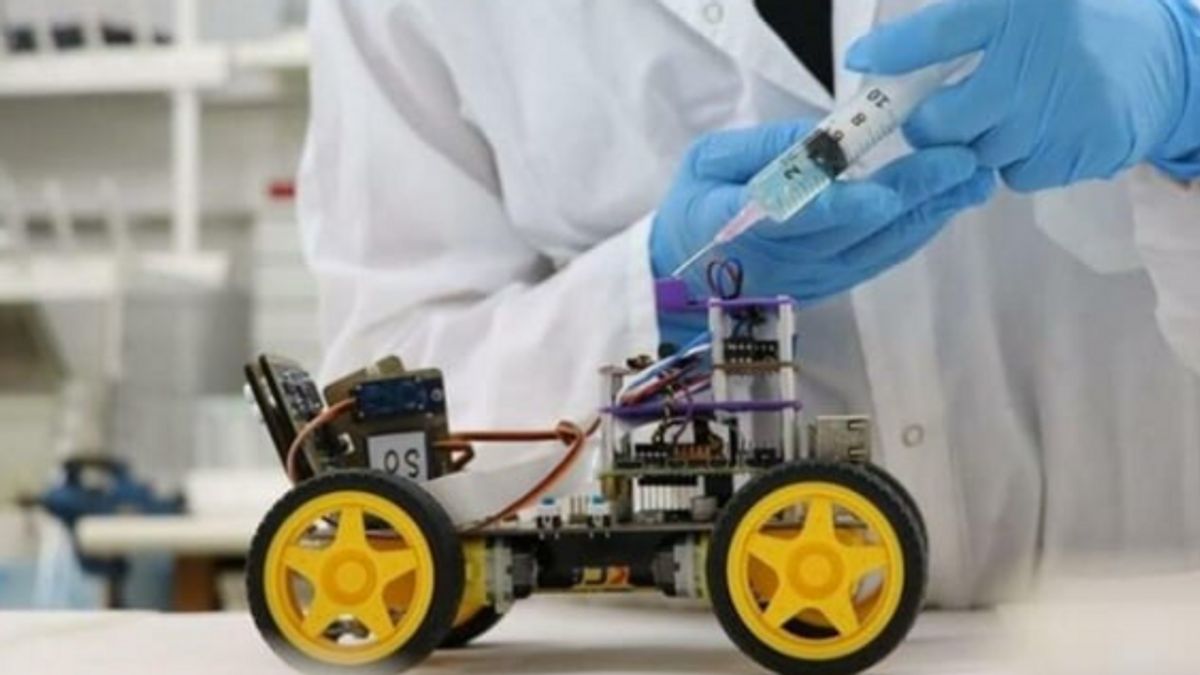JAKARTA - Researchers have succeeded in creating a sense of smell in robots thanks to innovative research that can detect and recognize odors.
The research team came from Tel Aviv University, Israel. They have developed robots equipped with a sense of smell by using desert locusts to pick up and interpret scents through their antennae.
The antennae of the desert locust are connected to an electronic system that, using artificial intelligence, detects and measures odors with a level of sensitivity normally found only in animals and insects.
The scientists measured the electrical activity induced in the desert locust's antennae from various odors, then fed the readings into a machine learning program that created a library of odors.
As a result, the robot can identify odors with a sensitivity 10,000 times greater than conventional electronic devices. According to the researchers, this system could one day be used to detect explosives, drugs, and even diseases.
“Man-made technology still cannot compete with millions of years of evolution. One area where we lag far behind in the animal world is olfactory perception," the researchers said.
SEE ALSO:
"Examples can be found in airports, where we use magnetometers that cost millions of dollars and can detect if we are carrying any metal device. But when they want to check if a passenger is smuggling drugs, they bring a dog to sniff it out," he added.
In addition to research published in the journal Biosensors and Bioelectronics, the robot can also distinguish between at least eight pure odors, which include geranium, lemon, and marzipan, as well as two mixtures of various scents, regardless of aroma concentration.
The researchers emphasized that the capabilities of the new biosensors are not limited to smell, with additional work and testing, the same idea could be applied to touch or even the ability of certain animals to sense impending natural disasters such as earthquakes.
They hope to soon develop a robotic way to navigate on their own, thereby honing in on the source of an odor before identifying it. This was quoted from PopSci, Thursday, January 19.
The English, Chinese, Japanese, Arabic, and French versions are automatically generated by the AI. So there may still be inaccuracies in translating, please always see Indonesian as our main language. (system supported by DigitalSiber.id)


















